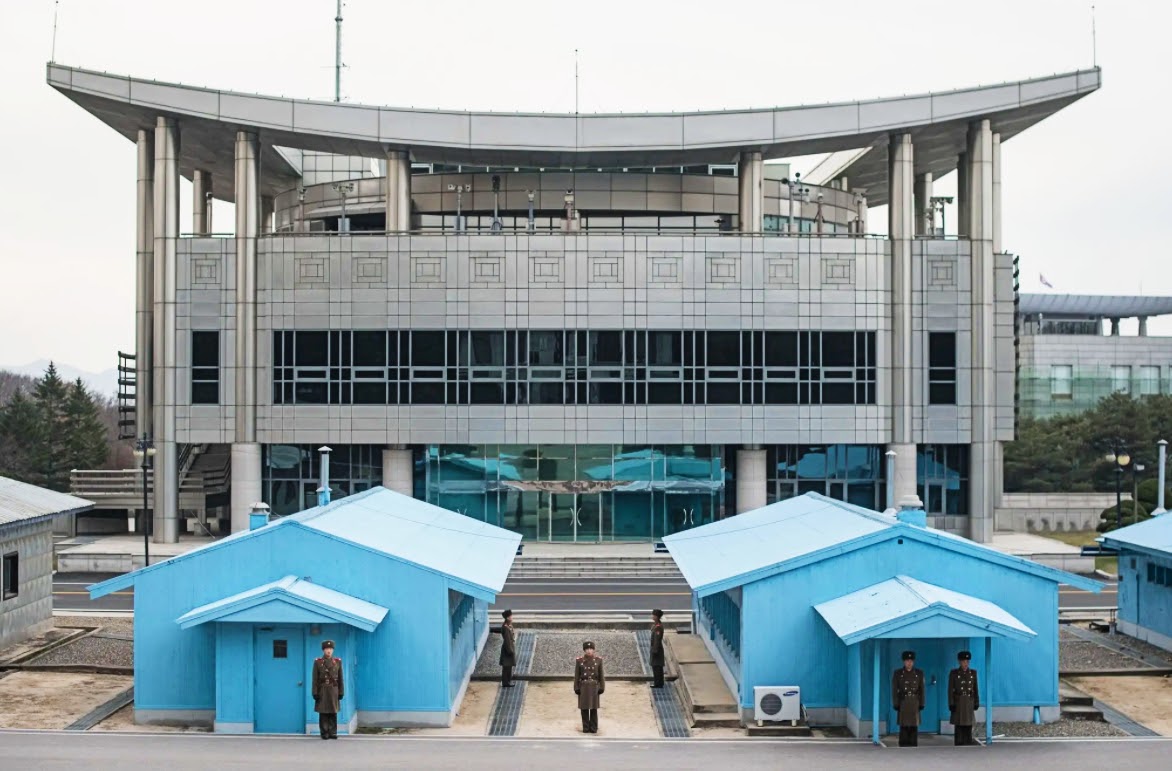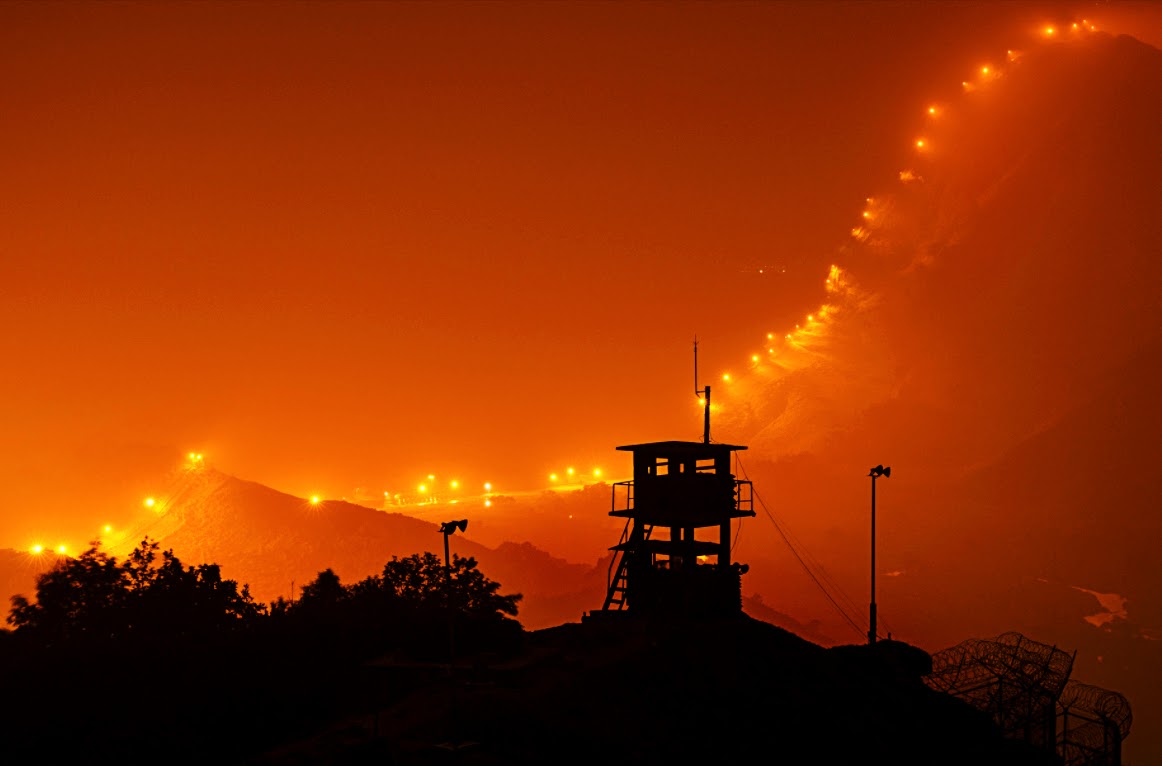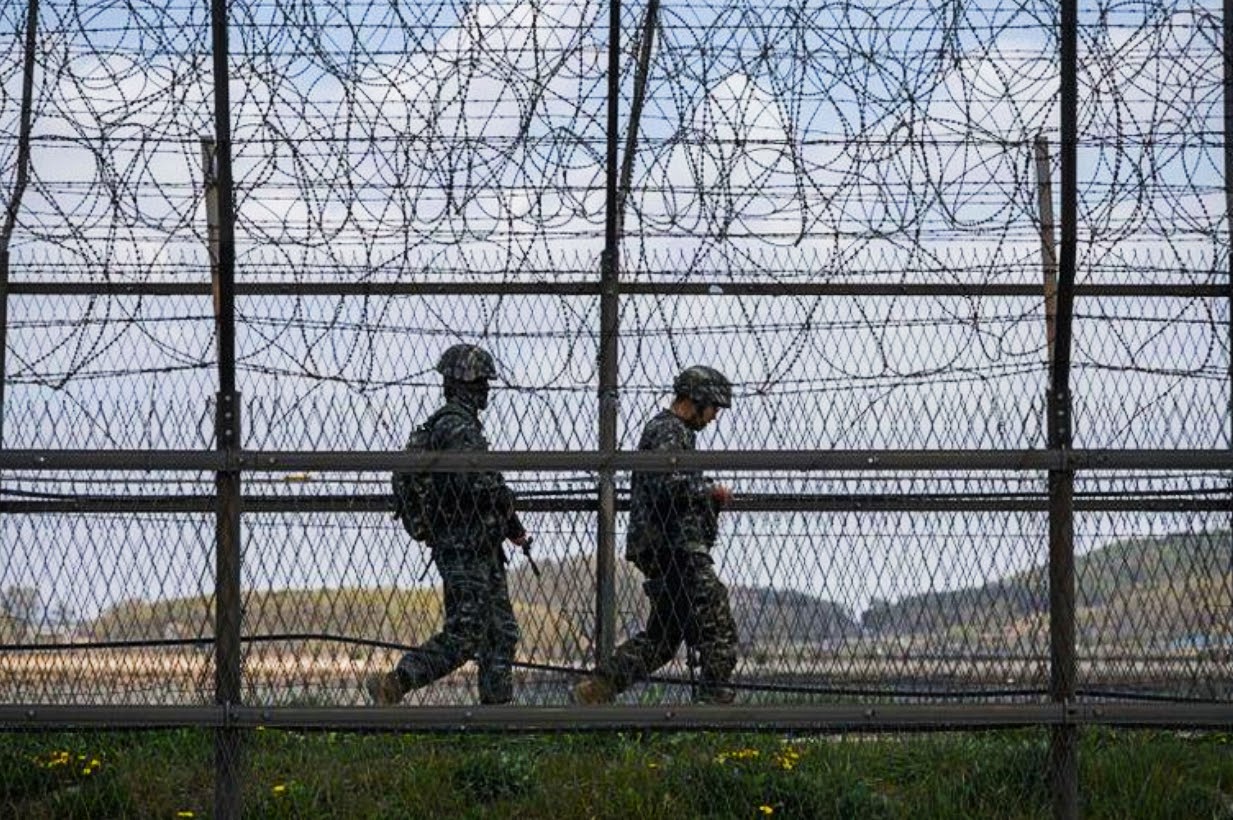Uncovering the Decades-Old Secrets of Korea’s DMZ
The Demilitarized Zone (DMZ) is often referred to as the world's last remaining Cold War frontier. South Korean and US-led UN coalition forces fought to a standstill here with North Korean and Chinese troops during the 1950-53 Korean War.
It is one of the world’s last heavily fortified borders, and it is also a major tourist attraction. Here are a few of the lesser-known details about the 150-mile high and 2.5-mile wide security buffer.

The DMZ contains a ‘truce village’
Panmunjom, aka the Joint Security Area ‘truce village’, is the only place in the DMZ where South and North Korean soldiers stand face to face and don’t carry arms. The 1953 armistice was signed in a building on the northern side. The description of Panmunjom belies what has transpired here, however. During the late 1960s, the DMZ was a conflict zone and in 1976 the ‘Axe Murder Incident’ (also known as the ‘tree-trimming’ incident) occurred in the Security Area when two US military officials were killed by North Korean soldiers.

DMZ tourism is booming
Prior to the Covid-19 travel restrictions, the DMZ attracted 1.2m visitors a year and the tours continue today. Visitors can hop on buses in Seoul for the drive to Panmunjom. Train tour packages are also available that take in infiltration tunnels - purportedly built by the North for an underground invasion - and observatories, where visitors peer through binoculars into the communist North.

The DMZ is one of the most pristine areas in Asia
Once cultivated farmland, the DMZ has been largely untouched since 1953, making it a wildlife haven. The zone includes forests, estuaries, and wetlands, and is a sanctuary for hundreds of bird species including white-naped and red-crowned cranes. It is also home to Asiatic black bears. The Amur leopard and the Siberian tiger - both endangered - have been spotted here, but it is difficult to move freely in the zone because it is also littered with 2m land mines. Nonetheless, South and North Korea are committed to opening ‘peace trails’, allowing hikers and conservationists into safe zones.
"The brand new social experience where you activate your gaming skills as you train like a spy."
- TimeOut
Take on thrilling, high-energy espionage challenges across different game zones.


The whereabouts of 7,500 US troops remain unknown
In September each year, UN Command Security Battalion troops set up a Missing Man display in the DMZ to honor POWs and those missing in action. A table is set with a white tablecloth, a candle, an inverted glass, and a red rose. The chair is placed at an angle to represent missing soldiers. Roughly 36,500 US troops were killed, and the whereabouts of 7,500 US soldiers are not known. The remains of US and allied troops killed in the 1950-53 Korean War continue to be discovered on the Korean Peninsula.

There have been escapes across the DMZ border
While escaping from North Korea via the DMZ is rare, it does happen. In 2020, a North Korean man who described himself as a former gymnast ‘pole vaulted’ over a fence in the DMZ. According to South Korean media, authorities asked the man to demonstrate his jumping skills several times to verify his story. In 2021, a man reportedly escaped by swimming several kilometers before coming ashore. He was eventually arrested.
SPYSCAPE+

Join now to get True Spies episodes early and ad-free every week, plus subscriber-only Debriefs and Q&As to bring you closer to your favorite spies and stories from the show. You’ll also get our exclusive series The Razumov Files and The Great James Bond Car Robbery!


Gadgets & Gifts
Explore a world of secrets together. Navigate through interactive exhibits and missions to discover your spy roles.
Your Spy Skills
We all have valuable spy skills - your mission is to discover yours. See if you have what it takes to be a secret agent, with our authentic spy skills evaluation* developed by a former Head of Training at British Intelligence. It's FREE so share & compare with friends now!
* Find more information about the scientific methods behind the evaluation here.


Stay Connected
Follow us for the latest
TIKTOK
INSTAGRAM
X
FACEBOOK
YOUTUBE